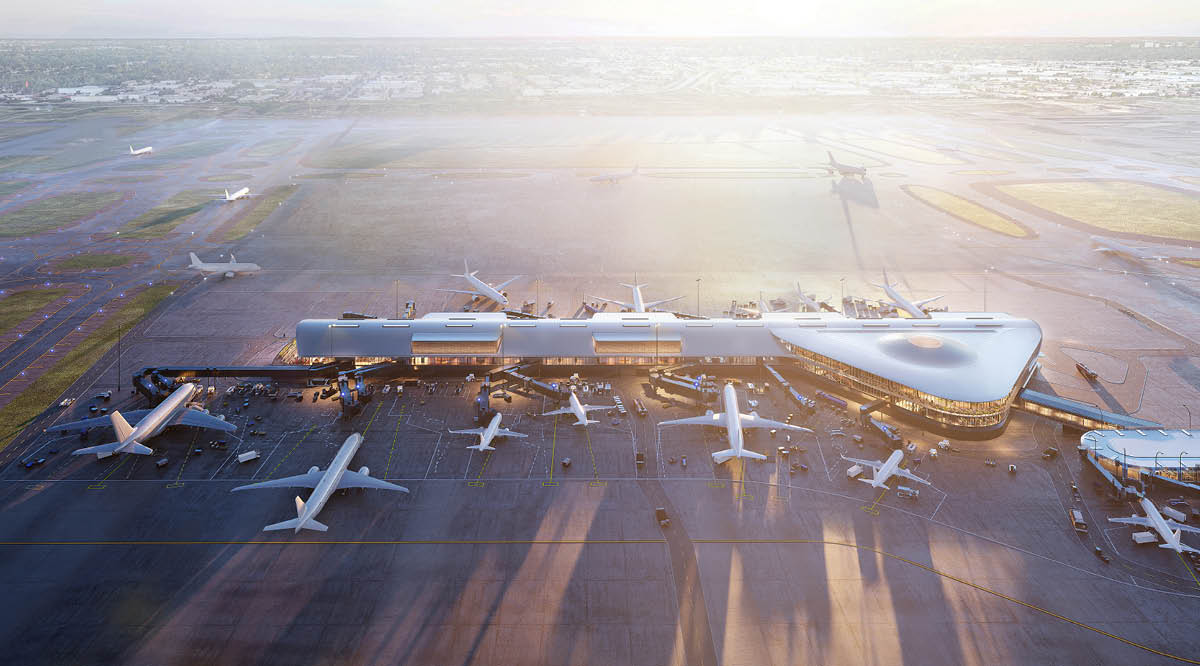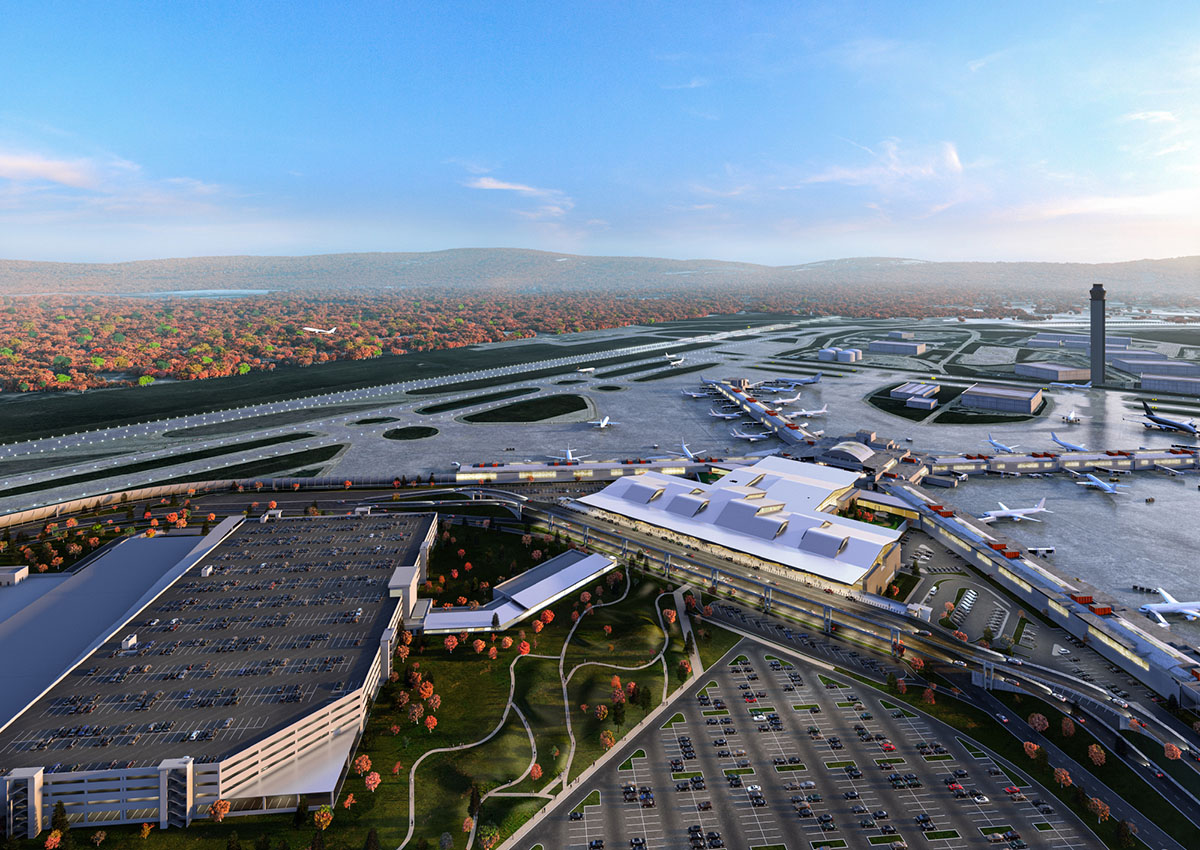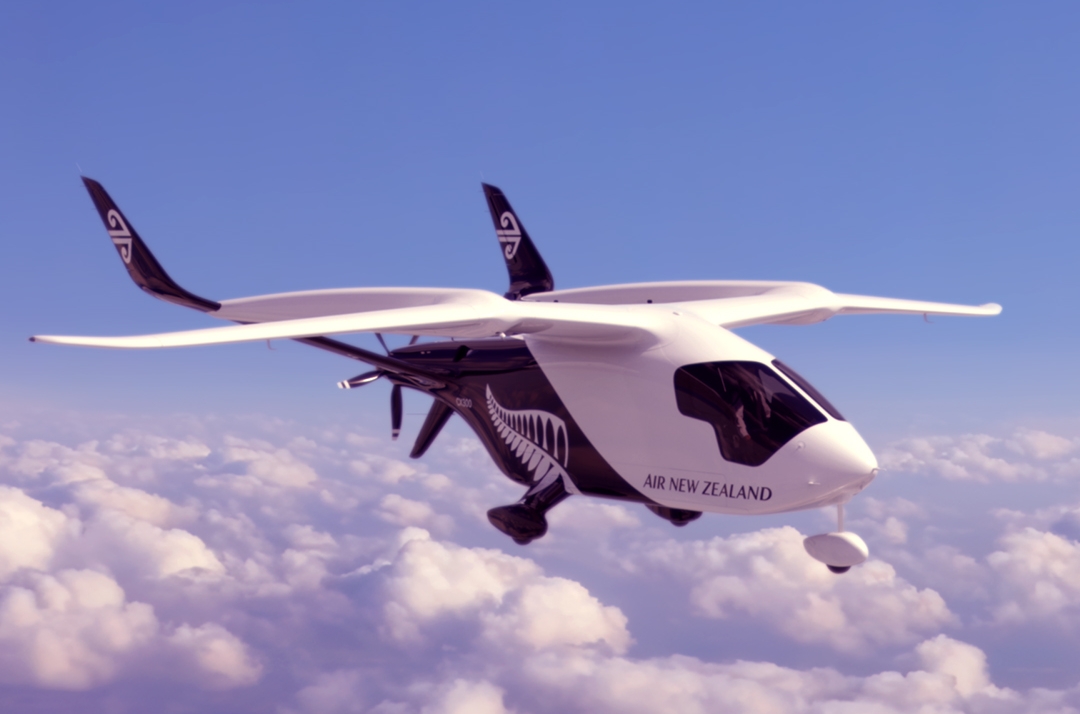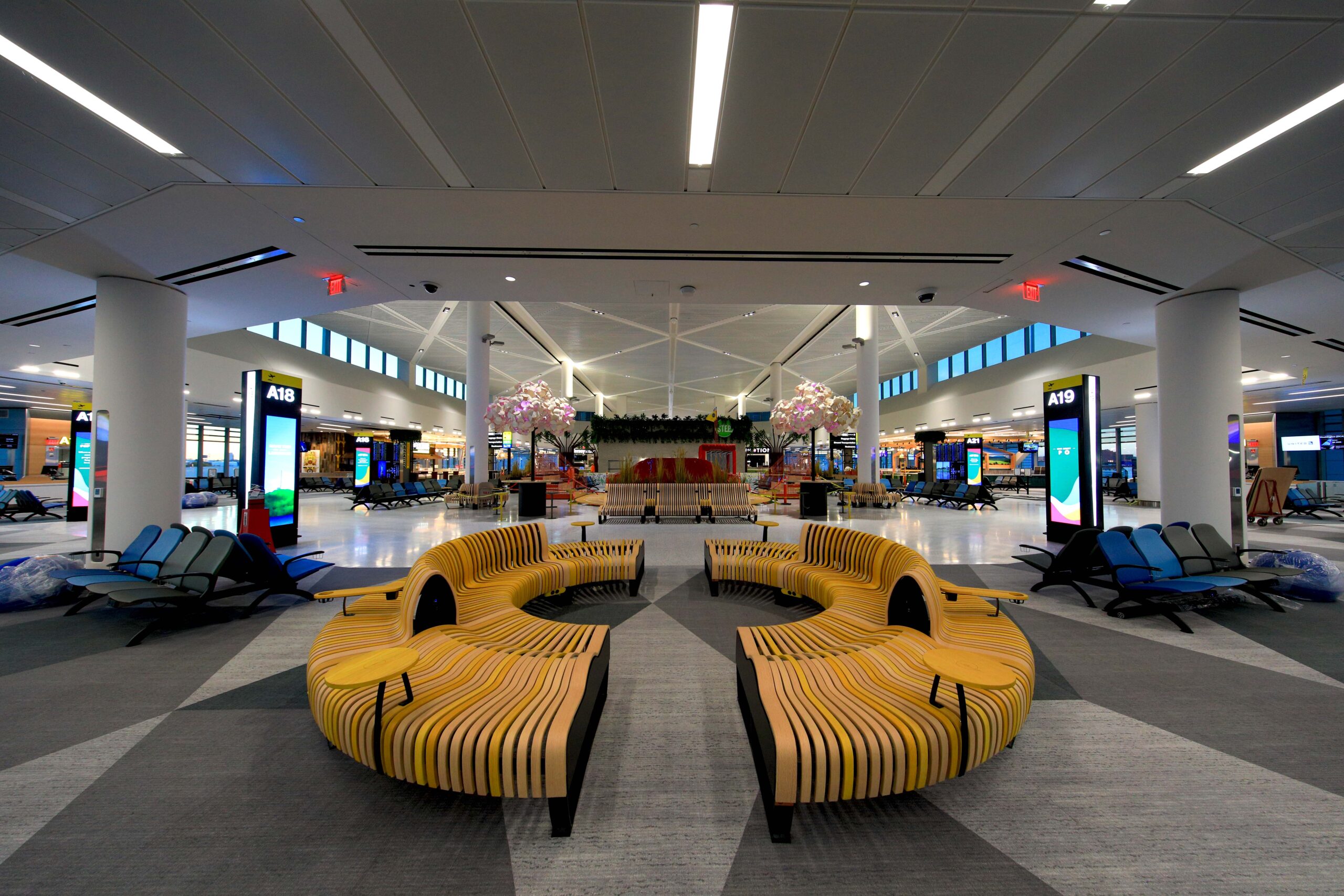Auckland Airport (AKL) has provided a comprehensive overview of its plans for a new domestic terminal, which will be fully integrated into its existing international facility.
The terminal is scheduled to open by the end of the decade and will draw inspiration from the natural beauty of the Manukau Harbour and the surrounding landscape. It aims to embody a simple but efficient approach to airport design.
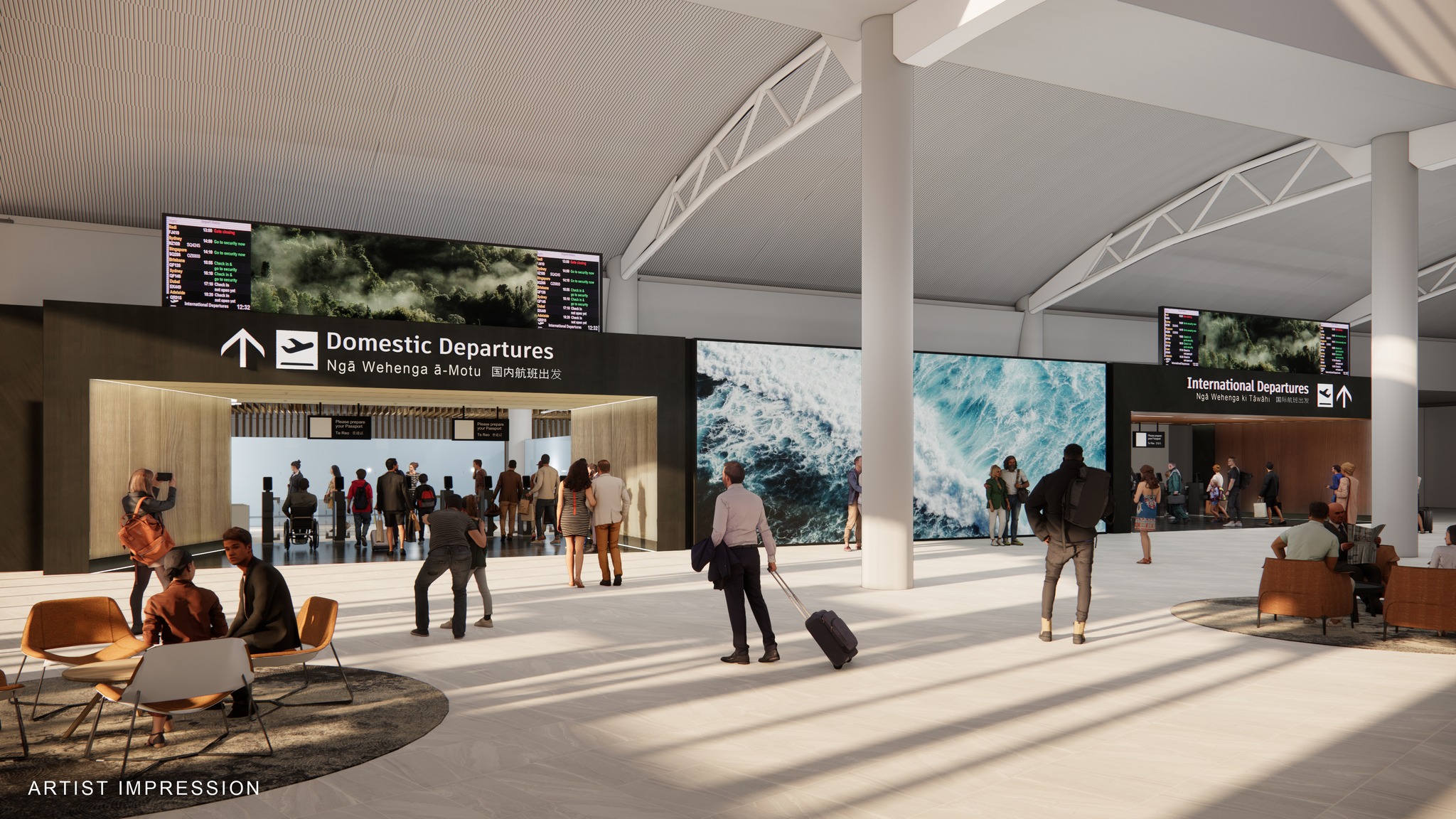
Auckland Airport’s Chief Customer Officer, Scott Tasker said:Easy to get around, efficient processing, somewhere to charge your phone and a comfortable place to sit while you wait for your flight – that’s what we’re going deliver for our customers.
Regardless of whether you’re a frequent or occasional flyer, there’s a certain level of anxiety that comes with needing to be at the right place at the right time to catch a flight. It’s something we challenged ourselves to tackle in every aspect of the new domestic terminal design, from the simplicity of how travellers find their way around, to the colours and lighting we’ve chosen for key interior spaces to make it less stressful. It’s about bringing together fit for purpose functionality with an arrival and departure experience that uniquely reflects Tāmaki Makaurau Auckland.
The construction of the new terminal will prioritise efficiency and sustainability, using robust materials chosen for durability and environmental considerations. The project aims to reduce both embodied carbon and operational emissions, reflecting a commitment to responsible development.
Sustainability measures also extend to the airfield, with plans for electric ground power units and support for sustainable aviation fuel.

Meanwhile, the terminal’s layout will facilitate smooth passenger flow, with a clear circulation path inspired by the natural contours of a river.
Key features of the terminal include ample seating with device charging facilities, dedicated spaces for families and travellers with special needs, and a low-sensory area.
Scott Tasker added:It will be an end to the blind corners, the scramble for available seating and the standing in the corridors that mark the current domestic terminal experience to something we’re proud to have visitors to our city and country to experience.
All our check-ins for both domestic jet and international passengers will be in the same place, making it much easier for travellers.
The terminal’s design will prioritise operational efficiency with innovations such as real-time baggage tracking and streamlined check-in processes. The terminal will feature modern check-in kiosks and automatic bag drops, with the potential for future upgrades to biometric technology.
The flexible design of the facility will also allow for future expansion and adaptation to evolving passenger needs, with a focus on accommodating increased demand and improving the overall travel experience.

Scott Tasker added:We’re already considering today what we might need in two decades time through our masterplan, including how our terminal infrastructure will develop over time. A major feature of the terminal design is that it provides options to expand the main building and add in additional aircraft piers when needed. It’s not too dissimilar to what we have at the international terminal with Pier B gates able to handle an A380 or two narrowbody Code C aircraft. That flexibility creates capacity to manage demand surges.
Having capacity is what makes a real difference to the traveller experience. Whether that’s enough space for pre-flight security checks, a fast, modern baggage system, technology assisting aircraft at the gates for quicker turnaround times, adequate airfield space for aircraft manoeuvring and parking, or crucially, enough aircraft gates to manage the volume of flights departing at the busiest periods of the day. That’s what keeps the system running smoothly and creates capacity for new flights to be operated by airlines which then puts downward pressure on fares.
Alongside focusing on enhancing the traveller experience, Auckland Airport recognises the importance of affordability. Transparent pricing structures aim to ensure that any increases in airline charges align with improvements in infrastructure and customer service.
The terminal is expected to cost 2.2 billion NZD, with an additional 1.7 billion NZD allocated for integration with international travel facilities.
Construction is set to commence later this year.



